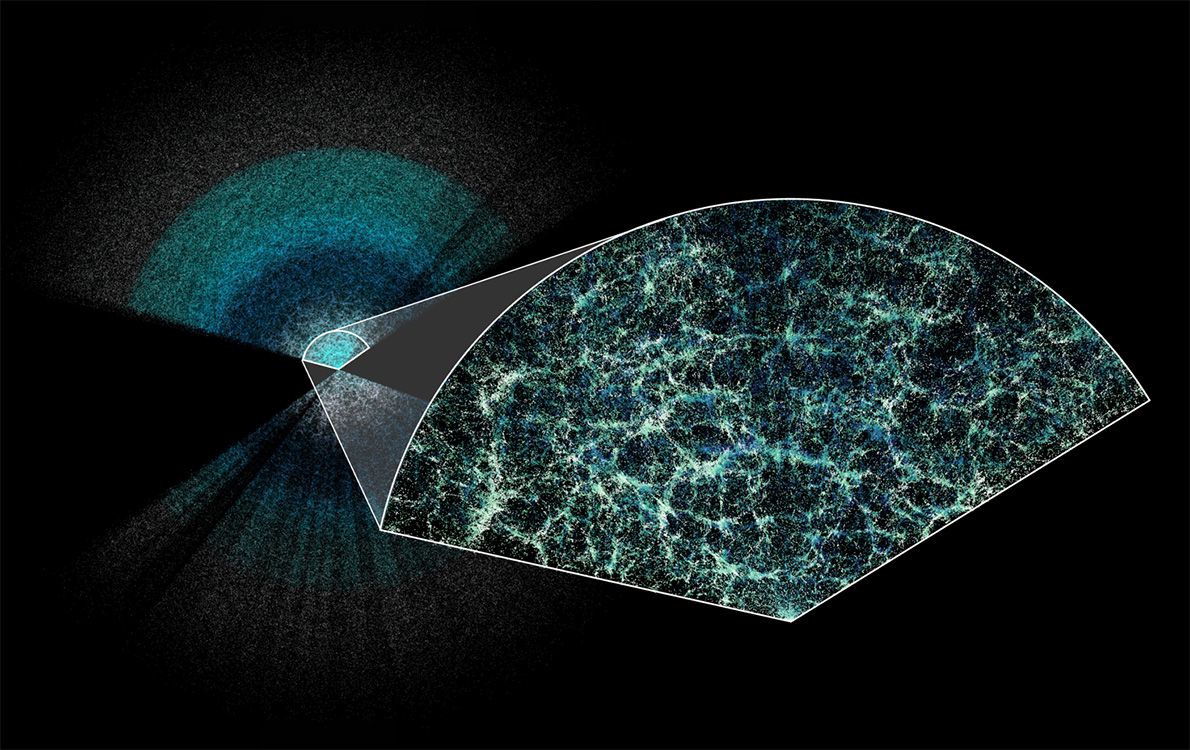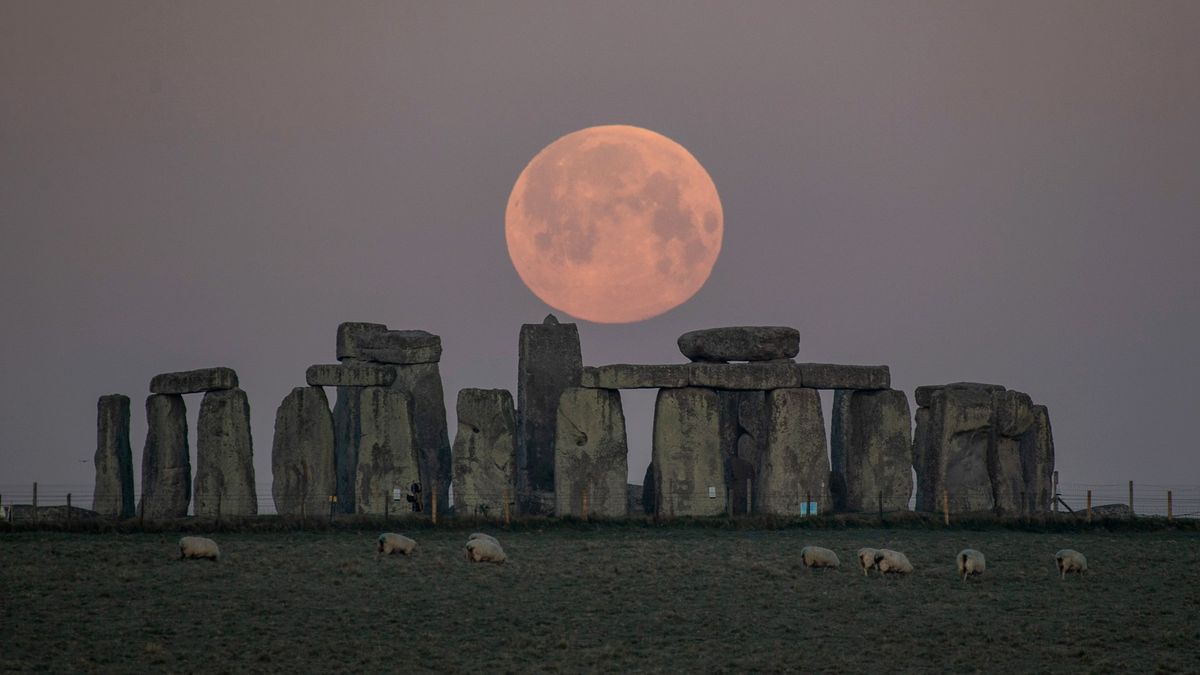The Ancient Supernova of 1181
In the year 1181, a remarkably bright supernova illuminated the night sky for an astonishing 185 consecutive days. This extraordinary celestial event was observed by astronomers of ancient times, leaving a lasting impression on generations to come. The remnants of this ancient supernova have been identified within the constellation Cassiopeia, where it continues to captivate the imagination of astronomers and space enthusiasts alike.
The Imaging of SNR 1181
NASA’s Chandra X-ray Observatory recently released a striking composite image of SNR 1181, showcasing the remnants of this historic supernova in stunning detail. Through the combination of data collected from various Earth- and space-based observatories, including ESA’s XMM-Newton, NASA’s Wide-field Infrared Space Explorer, the MDM Observatory in Arizona, and Pan-STARRS in Hawaii, scientists have been able to create a comprehensive visual representation of this celestial phenomenon.
The composite image reveals a spherical nebula spanning approximately 16 light-years in diameter, with a bright, aqua-colored star at its center. Different colors represent various wavelengths of light, with X-rays depicted in blue and cyan, infrared light in pink and red, and optical light in white and green. The white dwarf star at the heart of the nebula is believed to have been formed during the supernova event of 1181, making it a significant cosmic artifact in our galaxy.
The Mystery of the “Zombie” Star
Scientists hypothesize that the white dwarf star at the center of the SNR 1181 nebula was created through a unique process known as a sub-luminous Type Iax event. This type of supernova occurs when two white dwarf stars merge in a powerful thermonuclear explosion, resulting in the formation of a new star. In the case of SNR 1181, the supernova event was incomplete, leading to the creation of what astronomers refer to as a “zombie” star, surrounded by a nebula of stellar material.
This “zombie” star is one of the hottest in the Milky Way galaxy, boasting temperatures of approximately 200,000 degrees Celsius (360,032 degrees Fahrenheit). It emits stellar wind at speeds reaching up to 16,000 km/s (9,942 mi/s), making it a remarkable and dynamic cosmic object within our celestial neighborhood.
An Ancient Light Reaches Us
Although the supernova of 1181 occurred over 800 years ago, its light has only recently reached us due to the vast distances of outer space. Located approximately 10,100 light-years away from Earth, the actual supernova event took place around 10,900 years ago. This incredible time delay serves as a reminder of the vastness of the universe and the enduring legacy of cosmic events that shape our understanding of the cosmos.
Witnessing the remains of an ancient supernova such as SNR 1181 allows us to connect with the wonders of the universe and appreciate the timeless beauty and mystery of the cosmos. This celestial event serves as a bridge between our past and the infinite possibilities of the universe, reminding us of the enduring curiosity and fascination that drives humanity’s exploration of the cosmos.
Image/Photo credit: source url





